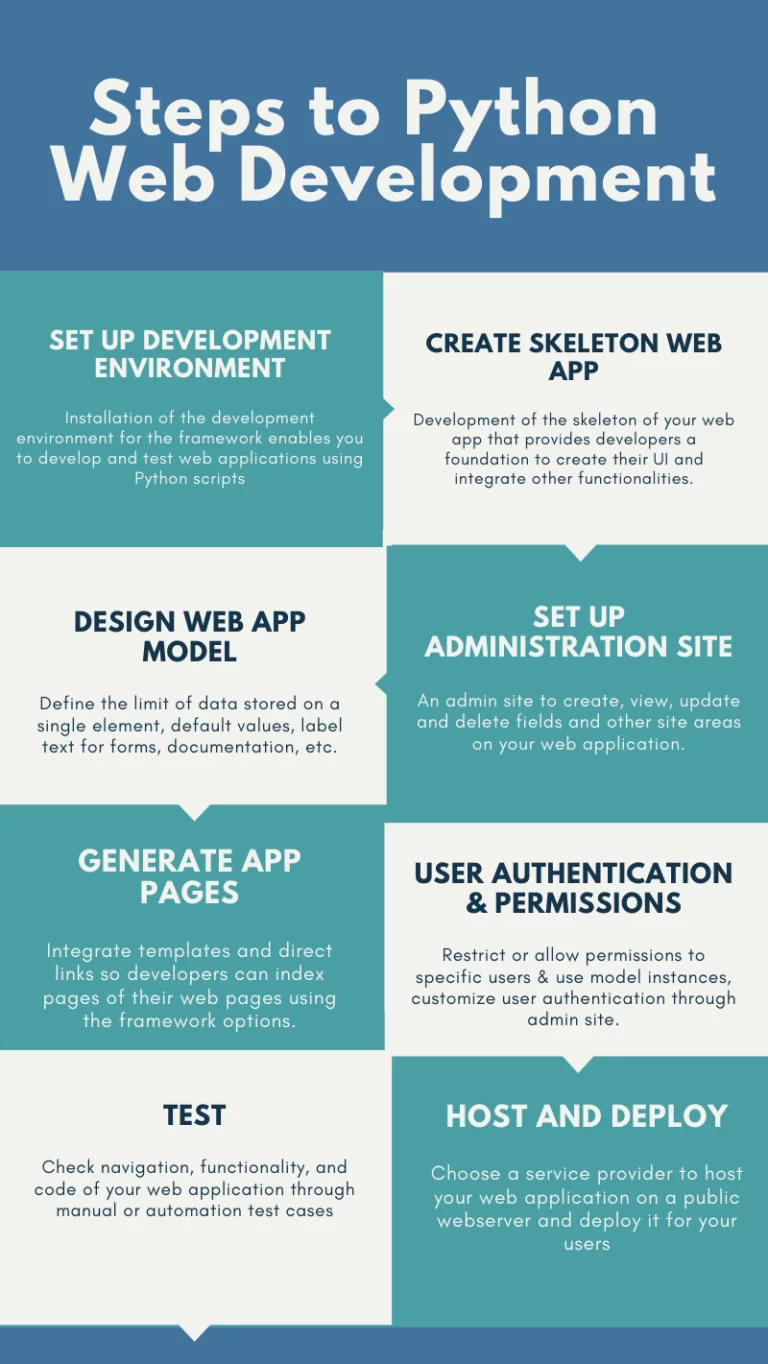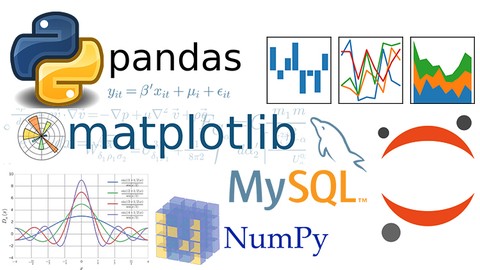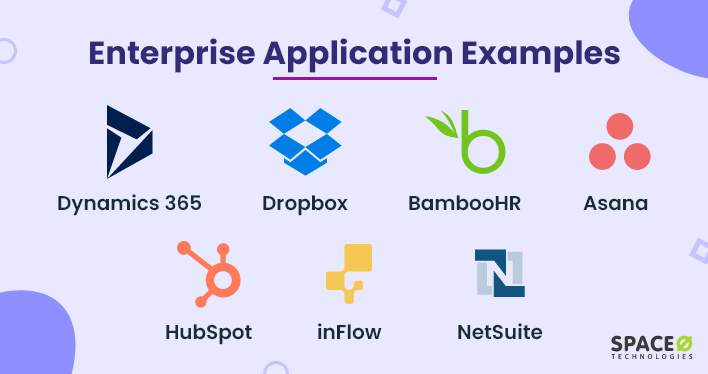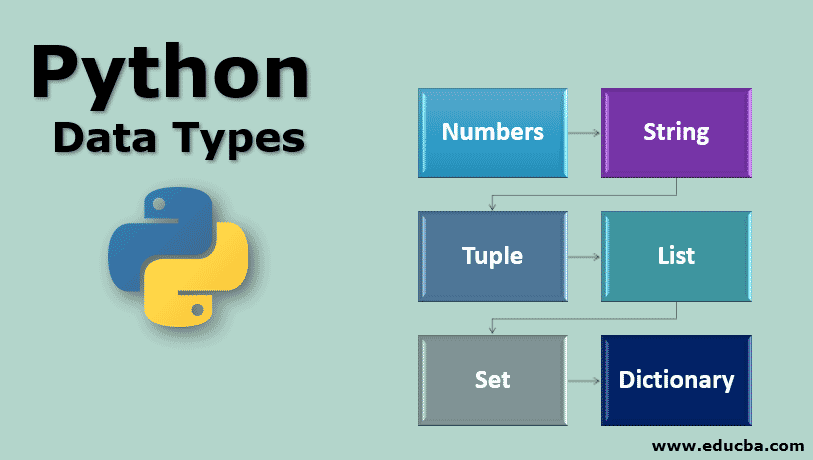Python is a versatile and powerful programming language that has changed the face of software development with its ease of use, readability, and rich library support. Python has gained popularity amongst programmers and developers due to applications in various sectors. In this article, we will list the top ten real-world uses of Python, followed by practical Python examples, and emphasize the benefits of learning Python.
Table of contents
- Why Learn Python?
- Top Uses of Python in the Real World
- Web Development
- Data Science
- Artificial Intelligence and Machine Learning
- Enterprise Applications
- Education Sector
- Web Scraping Applications
- Game Development
- Software Development
- Desktop GUI
- Operating Systems
- Conclusion
- Frequently Asked Questions
Why Learn Python?
Python is commonly used for developing websites and software, task automation, data analysis, and data visualization. Since it’s relatively easy to learn, Python has been adopted by many non-programmers such as accountants and scientists, for a variety of everyday tasks, like organizing finances
Here are some top reasons to learn Python:
Easy to Learn and Use
Python is a fantastic choice for novices since it is straightforward to learn and use and has a readable syntax. Developers may write clear and concise code since the language strongly emphasizes code readability. Simplicity helps programmers learn the basics of programming faster and with lesser difficulties.
Versatility and Flexibility
You can build a bundle of applications using python. Python has the tools and modules to enable these activities, whether you want to build desktop programs, analyze data, build machine learning models, or develop online applications. Developers can switch between other domains because of its versatility.
Extensive Library Support
Python libraries provide pre-written modules and functions that facilitate development by simplifying challenging tasks. For example, Django and Flask help in web development, and TensorFlow and PyTorch support machine learning. Due to its extensive library support, developers can fix specific issues while saving time using pre-existing code.
Also Read: Top 10 Python Libraries that you must Know!
Strong Community Support
The developer community for Python is strong and encouraging globally. By developing libraries, frameworks, and tools for the language as well as thorough documentation and tutorials, the community actively contributes to its development. Thanks to this vibrant community, Python has new trends and best practices. Community forums and discussion boards additionally give developers a venue for asking for assistance, exchanging knowledge, and working together on projects.
Increased Productivity
Developers may write code more quickly and effectively using Python because of its simplicity and wide-ranging library support. Programmers may create modular, maintainable code because of Python’s emphasis on code reuse. Developers might avoid spinning the wheel by utilizing pre-existing frameworks and libraries to concentrate on solving particular issues. Because of its higher productivity, Python is a desirable option for both small- and large-scale applications.
Broad Industry Adoption
The uses of Python have grown significantly across numerous industries. Large and small businesses, academic and research institutions, and major organizations utilize it. As a result of this widespread industry acceptance, Python engineers have many work options in web development, artificial intelligence, data science, or software development.
Cross-Platform Compatibility
Windows, macOS, and Linux– it can be used on various operating systems. Python’s cross-platform flexibility is quite helpful in software development and web configuration, where reaching a large user base is essential. Moreover, due to its portability, the programmers must write the code just once.
Check out our article on how much time it take to learn Python!
Python Use Cases 2023
Top Uses of Python in the Real World
Python being a versatile programming language that offers a range of benefits to the real world. Here are top 10 uses of python:
- Web Development
- Data Science
- Artificial Intelligence and Machine Learning
- Enterprise Applications
- Education Sector
- Web Scraping Applications
- Game Development
- Software Development
- Desktop GUI
- Operating Systems
Web Development
Owing to its ease of use and solid frameworks such as Django and Flask and Python’s simple syntax and extensive library, developers prefer the language to design scalable and dependable web applications. They employ uses of Python to leverage its adaptability for backend logic, database integration, and server-side scripting.

Example: One of the world’s most popular social media platforms’ Instagram‘, relies heavily on Python for its backend infrastructure.
Data Science
Python evolved as one of the most favored languages for data scientists and analysts because of its wealth of libraries such as NumPy, Pandas, and Matplotlib. These libraries help with a wide range of data processing, visualization, analysis, and machine learning applications. Moreover, Python is suitable for dealing with large datasets and sophisticated data processing operations.

Example: Netflix, a leading streaming platform, utilizes Python for data analysis and recommendation systems.
Artificial Intelligence and Machine Learning
Python’s flexibility and extensive support for machine learning frameworks such as TensorFlow, Keras, and Scikit-learn have made it a popular language for AI and ML applications. It allows programmers to build intelligent systems, train sophisticated models, and apply these models in real-world applications. Python is a potent tool in AI and ML; its uses of Python pre-trained models are readily available and have strong community support.

Example: Google’s DeepMind, known for its breakthroughs in artificial intelligence, heavily relies on Python for research and development.
Enterprise Applications
Building enterprise-level applications is a good fit for Python because of its simplicity and scalability. Its frameworks, such as pyramid and bottle, offer strong tools and components for the creation of effective software systems. Uses of Python’s wide library support has been beneficial for programmers who may communicate with databases, integrate complicated functionality, and manage security issues in corporate applications.

Example: Dropbox, a cloud storage and file sharing platform, leverages Python in its backend infrastructure.
Education Sector
Python is the perfect language for teaching programming to pupils because it is user-friendly for beginners. The readability, clarity, and substantial library support make it simple for pupils to understand basic ideas. Python is a popular choice for educational applications because its visual and interactive capabilities allow students to learn programming while working on engaging projects.

Example: The Raspberry Pi Foundation promotes Python as the primary language for their educational single-board computers, encouraging students to explore coding and electronics.
Web Scraping Applications
Python is a great option for web scraping activities because of its strong packages, such as BeautifulSoup and Scrapy. Python allows developers to automate data collection procedures, obtain insights for numerous applications, and extract useful data from websites.

Example: Price comparison websites often employ Python for web scraping to gather product information from multiple online retailers.
Game Development
Python is not typically associated with game development due to performance constraints. However, it is frequently used for prototyping, scripting, and building game logic. Python’s simplicity and libraries like Pygame make it an attractive option for developing 2D games and educational simulations.

Example: Eve Online, a popular massively multiplayer online game, employs different uses of Python for various in-game activities and server management.
Software Development
Python’s versatility extends beyond web development to general-purpose software development. Its readable syntax and extensive library support enable developers to create efficient and scalable software applications in less time. Python’s frameworks, like PyQT and Tkinter, facilitate the development of cross-platform desktop applications with rich graphical user interfaces (GUI).

Example: Blender, a renowned 3D computer graphics software, relies on Python for scripting and automation.
Desktop GUI
Given its simplicity and cross-platform compatibility, Python is extensively used for designing desktop graphical user interfaces (GUI). Developers can effectively construct easy and visually appealing desktop apps for Windows, macOS, and Linux using frameworks such as PyQT and Tkinter.

Example: The music streaming application, Spotify, utilizes Python for building its desktop client, which provides a seamless user experience.
Operating Systems
Although uses of Python are not commonly employed to build complete operating systems, it is often employed for system administration tasks. Python’s ease of use and powerful libraries, such as Fabric and Paramiko, simplify automation, configuration management, and network scripting.

Example: The popular Linux distribution, Ubuntu, relies on Python for various system administration and configuration tasks.
Conclusion
Python has proven to be an incredibly versatile and powerful programming language with a wide range of real-life applications. Its simplicity, readability, and vast ecosystem of libraries and frameworks make it a go-to choice for various industries and domains.
From web development to data analysis, machine learning to automation, python has become an indispensable tool for solving complex problems efficiently and effectively. Its user-friendly syntax and extensive community support have contributed to its widespread adoption and continuous growth.
You can start learning python with our free course on Introduction to Python !
Frequently Asked Questions
A. Python is used in a variety of jobs, such as data analysis, game creation, web development, and more, because of its versatility.
A. Python has three benefits: it’s easy to learn, flexible for a wide range of applications, and it offers a tonne of libraries that simplify development tasks.
A. Python is extensively used in the business, has a big support community, and offers a wide range of libraries and frameworks for different applications; thus, learning it is beneficial.
A. Python and Java have different uses. Python is renowned for its simplicity, readability, and versatility, while Java is frequently employed for complex enterprise systems. The decision is based on the project’s particular specifications.




